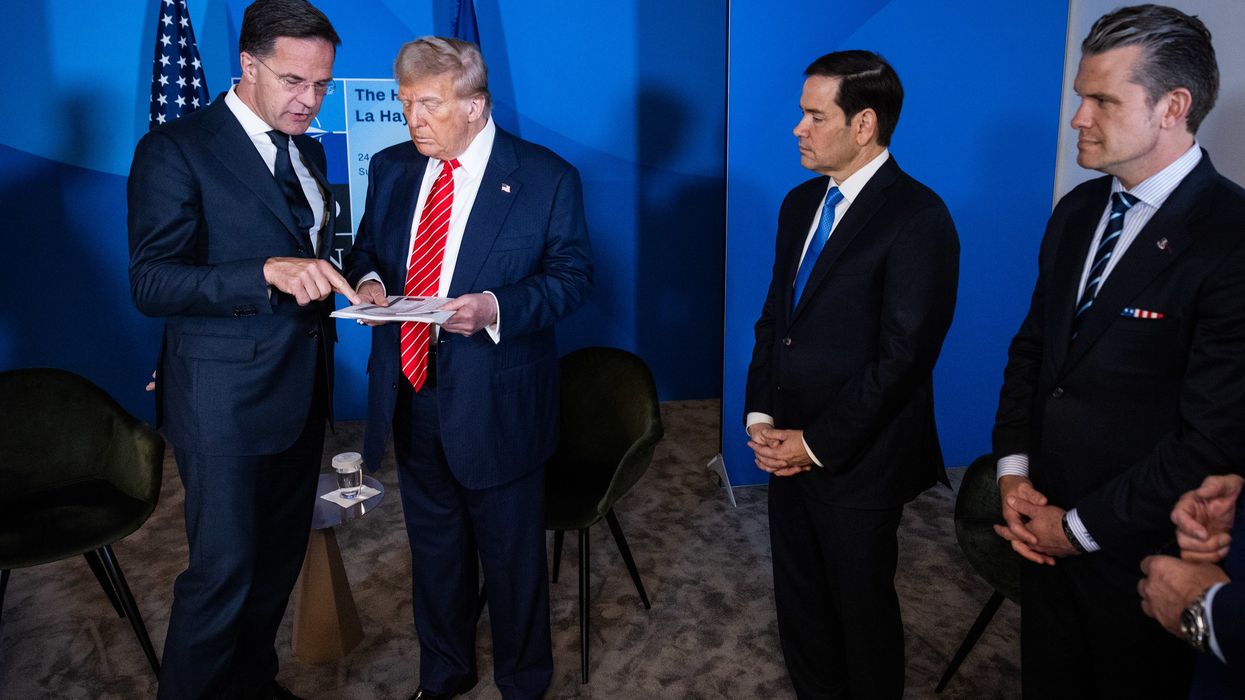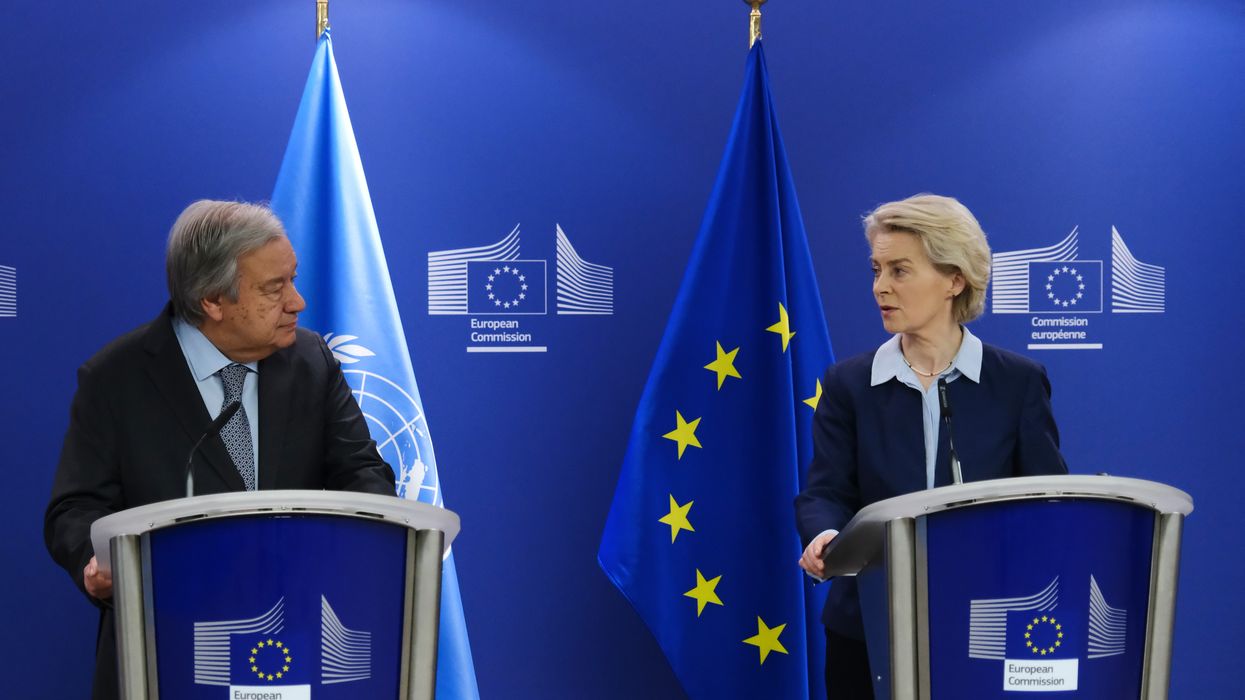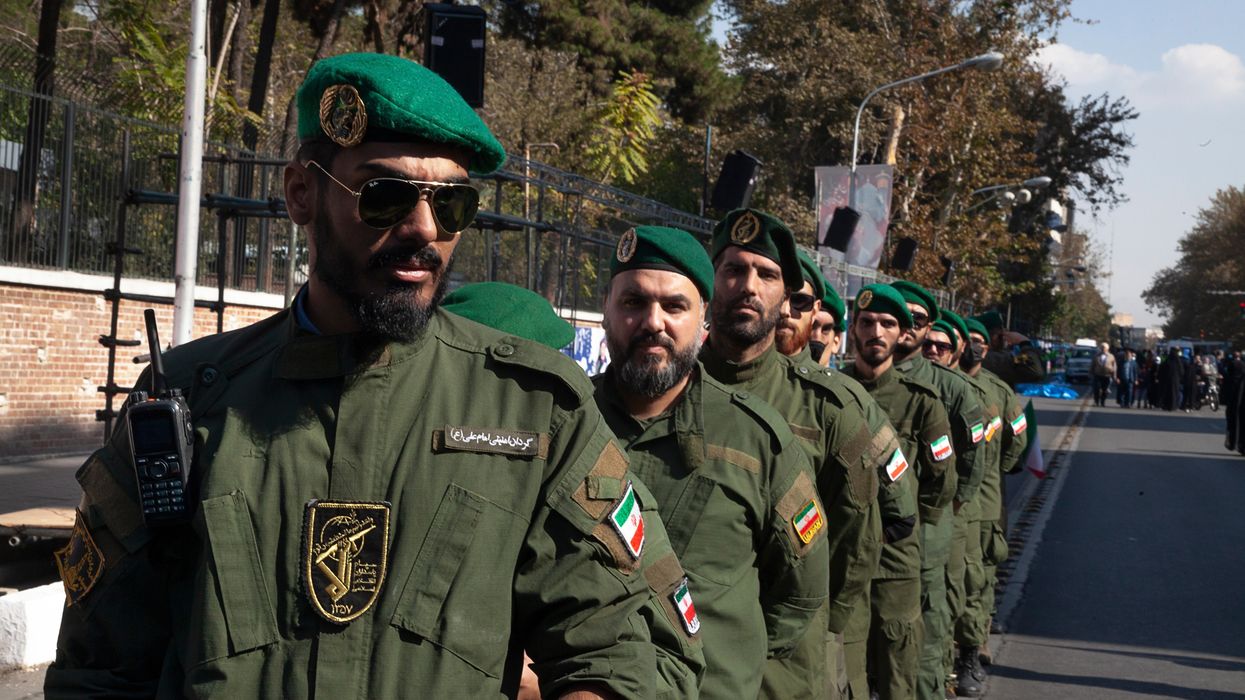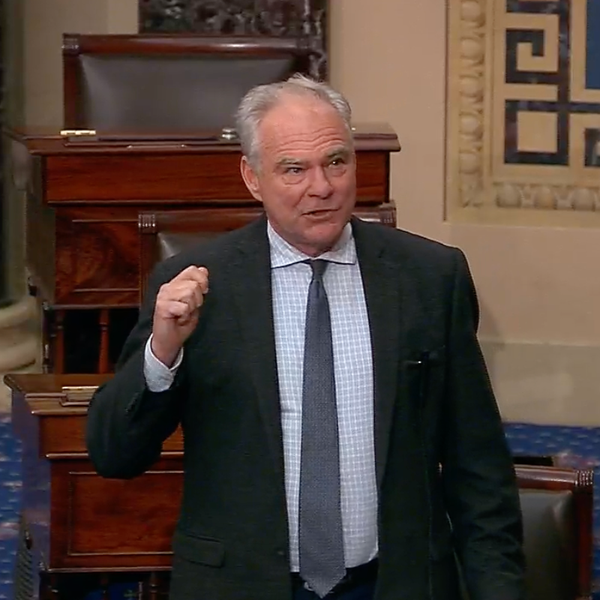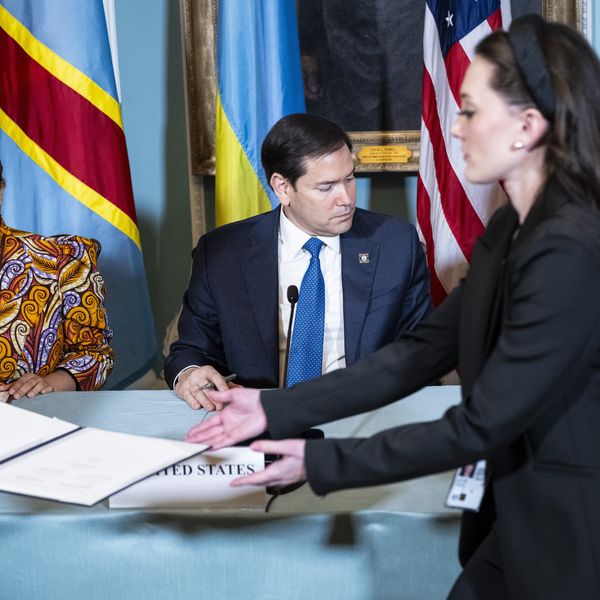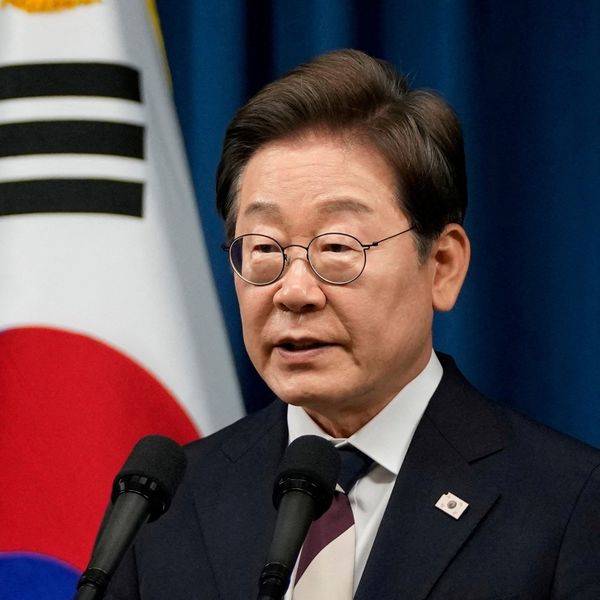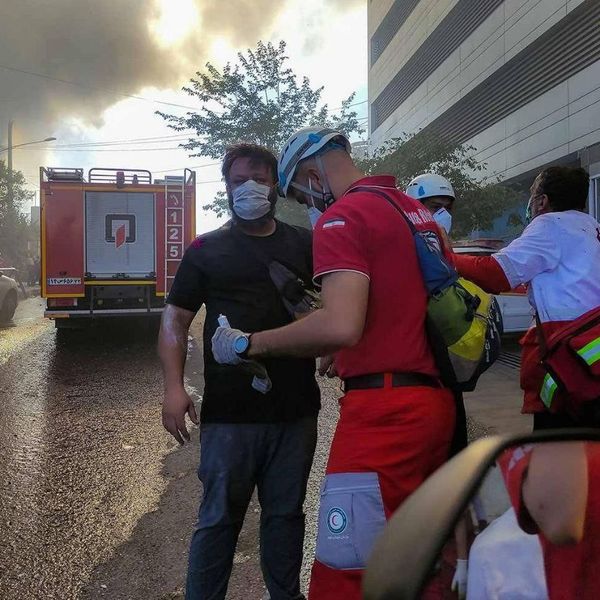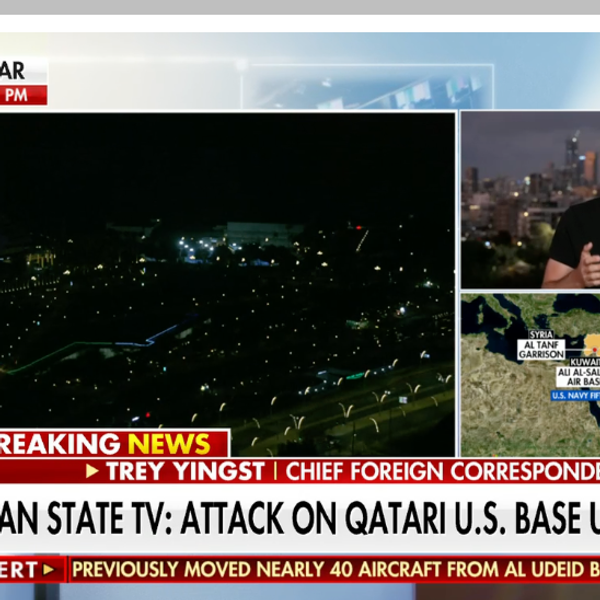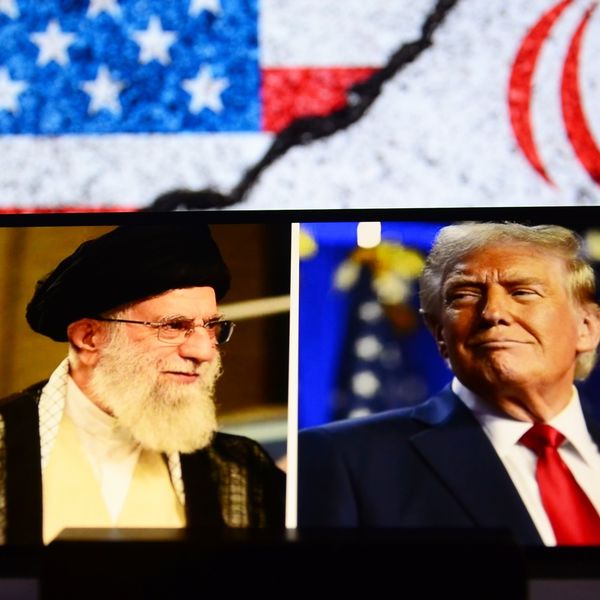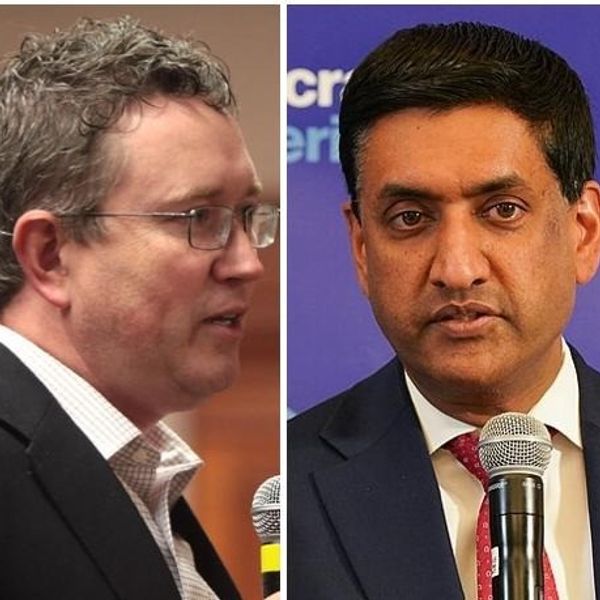For decades, a succession of Israeli governments has claimed rights to most or all of the Palestinian territory, while disavowing responsibility for the Palestinians living on it. That policy is now exacerbating the risk that COVID-19 poses to five million Palestinians living in Gaza and the West Bank.
Israel has occupied the West Bank and Gaza since 1967. Beginning with the Oslo Peace accords of the 1990s, however, it claimed that it bears no responsibility for services to Palestinian residents there, while deepening and consolidating its control over the territory itself. That contradictory position – the land is ours, but the people who live there are someone else’s problem – was painfully stark in a briefing this week in which the Israeli Foreign Ministry placed exclusive responsibility for addressing the COVID-19 threat on Palestinian shoulders: “It is within the Palestinian Authority’s purview to manage the Coronavirus in both Judea and Samaria and the Gaza Strip”, an Israeli official told diplomats, adding that “the Palestinians’ needs in this matter are greater than what the State of Israel is able to provide.”
Under international law, control means responsibility. A foreign military occupying another territory is responsible for meeting the population’s humanitarian needs, protecting human rights, and, to the extent possible, restoring normal civilian life. An occupying power may and often does delegate tasks to local officials, as Israel did in 1995, when it delegated civilian competences to the Palestinian Authority. However, so long as Israel continues to exercise effective control over Gaza and the West Bank – including controlling borders, natural resources, and movement of people and goods – it remains responsible for the welfare of Palestinians. That means that if the Palestinian authorities can’t adequately protect people from COVID-19, Israel has an obligation to use its own, necessarily limited resources, to do so.
That obligation is a direct result of Israeli insistence on controlling the territory while claiming all or most of it for the Jewish people. Israel has formally annexed the part of the West Bank known as east Jerusalem and has practically annexed most of the rest of the territory, by transferring a half million Israeli Jewish settlers there and using walls, fences, physical obstacles and military orders to limit or eliminate Palestinian access to Area C, the 60 percent of the West Bank where most Israeli settlers live. Even in the Gaza Strip, where Israel redeployed its permanent military presence to the perimeter in 2005 – Israel continues to control large parts of the arable land, the airspace, the territorial waters and movement of people and goods. In recent decades, Israel has kept Gaza mostly closed, limiting travel to “exceptional humanitarian cases” and severely restricting the passage of goods.
No health system is ready for the COVID-19 pandemic. But decades of Israeli restrictions have rendered the Palestinian health system especially vulnerable. Rather than invest in improving Palestinian hospitals and clinics, as international humanitarian and international human rights law require, Israel has restricted the ability of health professionals to get training, blocked the entrance of medical equipment into Gaza, and prevented foreign health professionals from accessing both Gaza and the West Bank. For the last twenty years, Israel has banned students in Gaza from accessing what was the only Palestinian medical school, in the West Bank, as well as other para-medical training programs such as occupational therapy. Restrictions on exiting Gaza and the West Bank have also prevented students and medical professionals from training abroad.
Restrictions on economic activity have also hampered Palestinian investment in the health system. For years, Israel has blocked the movement of goods and people into and out of Gaza, contributing to 45 percent unemployment there as of last year, 70 percent dependence on humanitarian assistance and the de-development of essential industries. In the West Bank, Israeli restrictions on Palestinian activity in Area C alone cost Palestinians at least $3.4 billion annually, the equivalent of a third of Palestinian GDP, and while Israel collects tax revenues from Palestinians on behalf of the Palestinian Authority, it refuses to transfer those revenues fully or consistently.
The Palestinian health system needs that money now, to deal with COVID-19. Yet Israeli measures thus far have been limited to sending a few hundred testing kits and encouraging foreign donations, “in order that the Palestinian Authority and Gaza Strip be best assisted in equipping themselves to manage the virus in their territories.” When it comes to settlements, exploiting natural resources and annexation – the land belongs to the Jewish people. When the territory’s non-Jewish residents get sick, it’s up to the Palestinian authorities to treat them.
The Israeli and Palestinian authorities took relatively early measures to contain the virus, and with borders mostly closed and people mostly confined to their homes, it is hoped that the outbreak is thus far limited. There are 161 confirmed cases in the West Bank and Gaza, compared with 7,030 confirmed cases in Israel. One Palestinian and 36 Israelis have died of COVID-19. Yet despite shipments from the World Health Organization, testing kits for Palestinians are in limited supply, raising questions about the true scope of the Palestinian outbreak, and the virus is expected to spread, as tens of thousands of Palestinian workers return to the West Bank from jobs in Israel and Israeli settlements.
According to the Palestinian Authority, there are just 375 intensive care beds in the West Bank and Gaza, and 295 ventilators. Supplies of personal protective equipment are limited. Crowded living conditions in refugee camps and cities make isolation and quarantine difficult, if not impossible. More supplies, especially for testing and intensive care, are urgently needed.
Like health systems across the world, the Israeli health system is also struggling to contain and treat the pandemic. It is taking extraordinary measures to boost supplies of critical materials, including having its spy agency obtain testing kits from abroad and repurposing its weapons industry to manufacture ventilators.
Those efforts need to be directed toward containing and treating the pandemic among Palestinians, too. International humanitarian law requires an occupying power, “to the fullest extent of the means available to it,” to ensure and maintain medical and health services, “with particular reference to the adoption and application of the prophylactic and preventive measures necessary to combat the spread of contagious diseases and epidemics.” International human rights law requires an occupying power to protect the right to health, and to allocate health services without discrimination.
So long as Israel continues to control the Palestinian territory, it must devote its own, necessarily limited, resources to protecting Palestinians, as well. That means sending testing kits, personal protective equipment, and, if necessary, ventilators and other equipment to the hospitals and clinics in Gaza and the West Bank that treat Palestinians, rather than just sending them to the clinics in the West Bank that treat Israeli settlers. Doing so is not an act of charity but rather an obligation that flows from the legal and moral illegitimacy of controlling land, while disavowing responsibility for the people who live on it.

